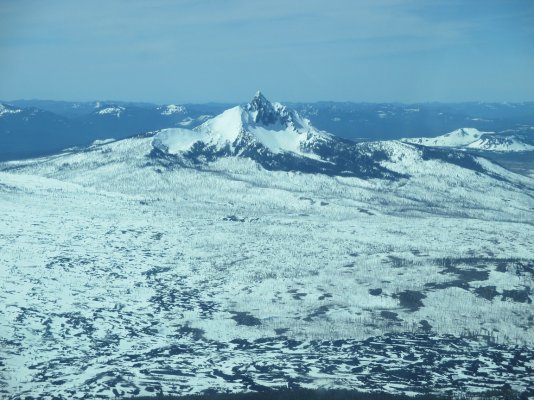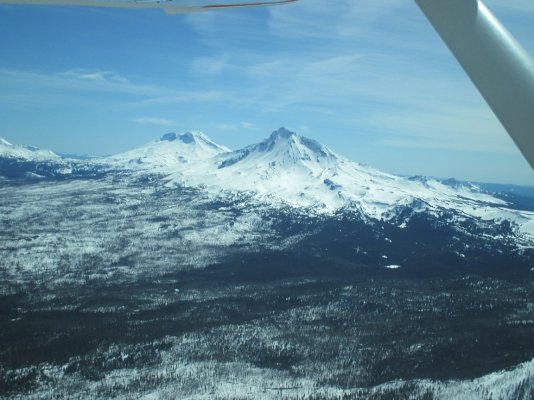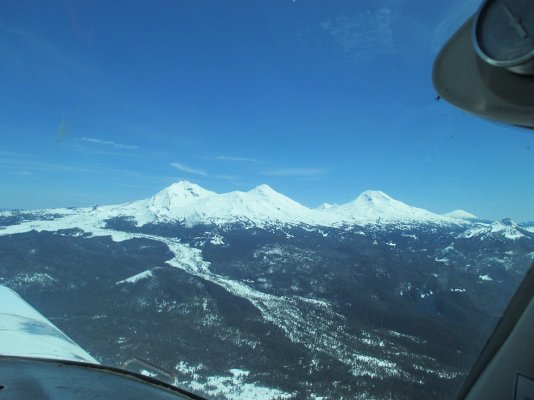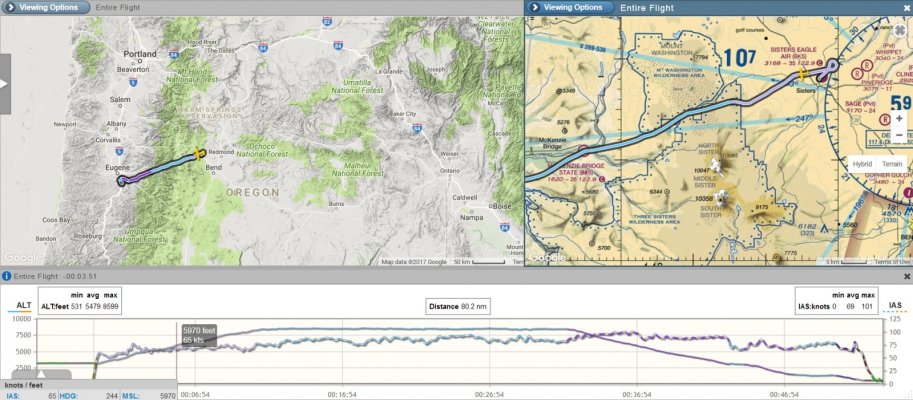Senator
Thinks s/he gets paid by the post
Unfortunately Alaska has a high rate of GA aircraft accidents and while a lot of them are weather related a lot are also due to lack of aircraft maintenance and pilot proficiently when each year hunters pull out their aircraft only for hunting season. Hearing stories anecdotally of Super Cub fabric being repaired with duct tape just to get another year or two before recovering or no annuals being done as most flights are out of a home strip flying only to remote flights. A lot of accidents are also high time IFR pilots flying VFR in areas where there is no air traffic radar coverage, weather radar, weather reporting stations or cameras.
I was on a fly in hunt in 1988. Sitting on the packs in the back of the airplane. I think it was a super cub, I know it was a canvas sided plane. The pilot did not have enough gas to fly in and out from the spot, so he brought in gas to the spot on the previous trip. We were flying with floats.
On the flight in, after we got through the 'pass', we got fogged in. Maybe 1/4 mile visibility, if that. VFR only. Not enough gas to get back, we had to press on to the landing place and the extra gas. The pilot said "Don't worry, I know the cliffs". I was wondering if the pilots headed our way knew the cliffs too...
The pilot did say he only had one bad accident in which the landing gear collapsed. He said he was only a few hundred pounds overweight. He said it should not have collapsed, as he had been as much as 800 lbs over on previous flights.




